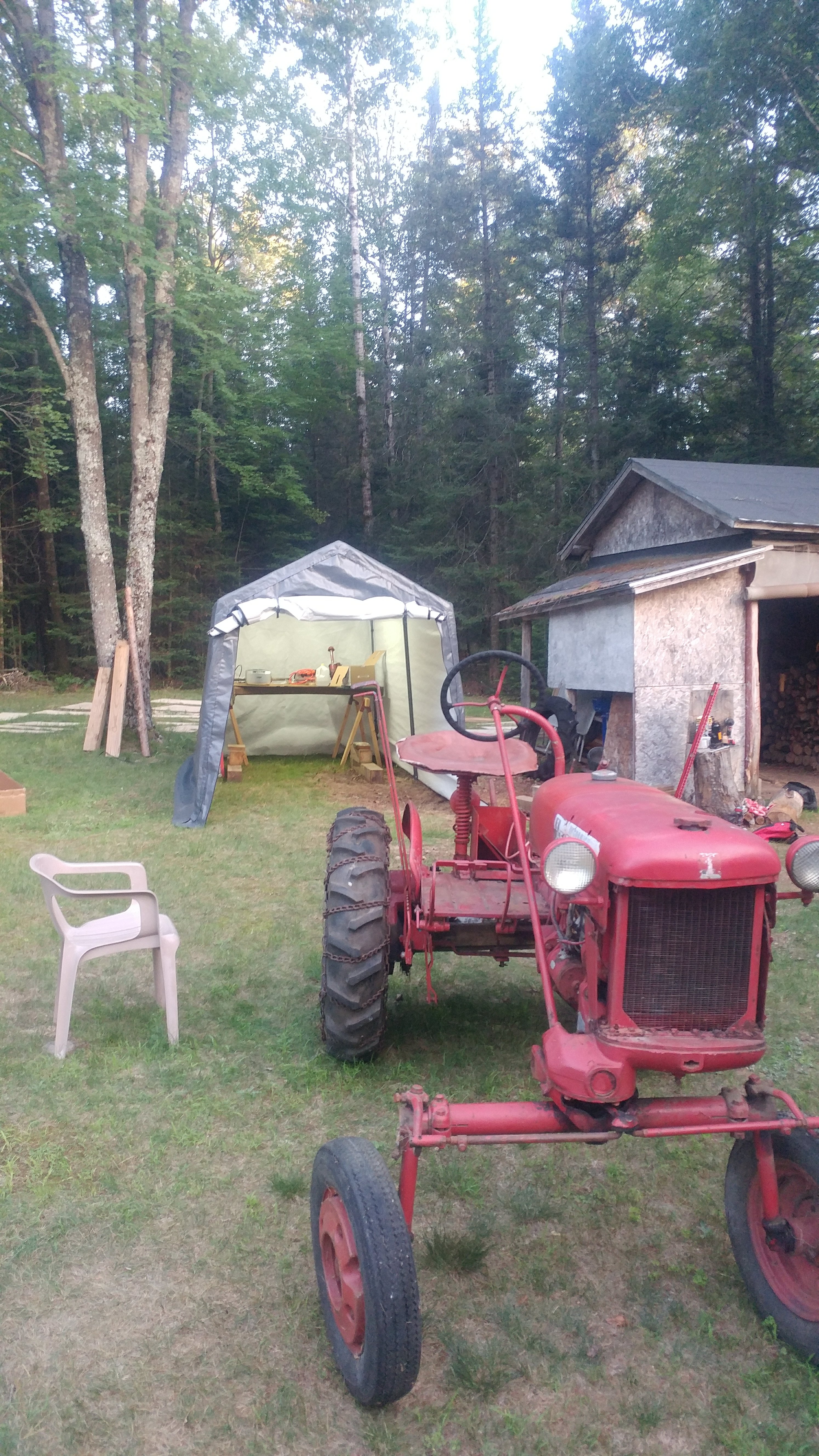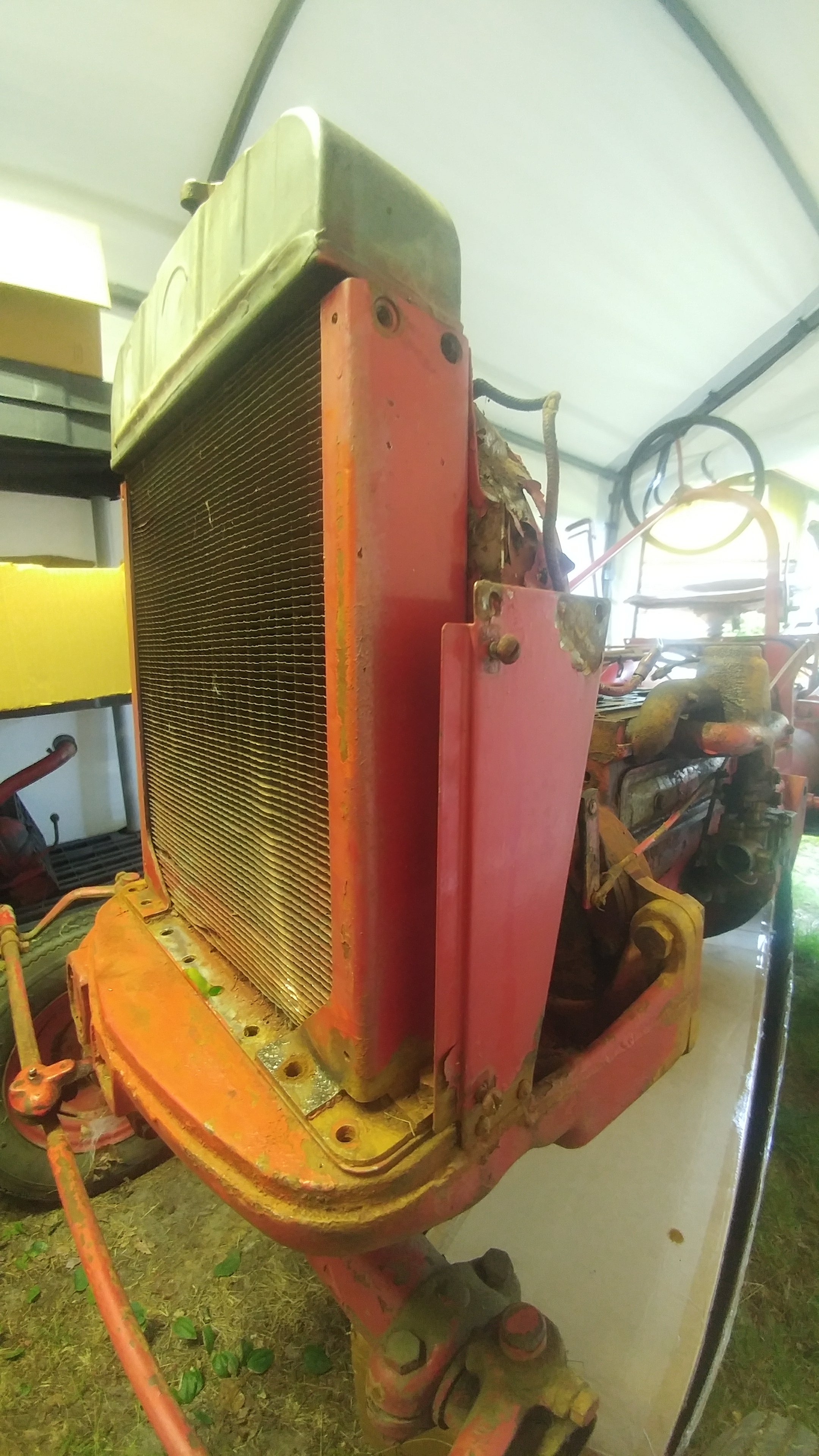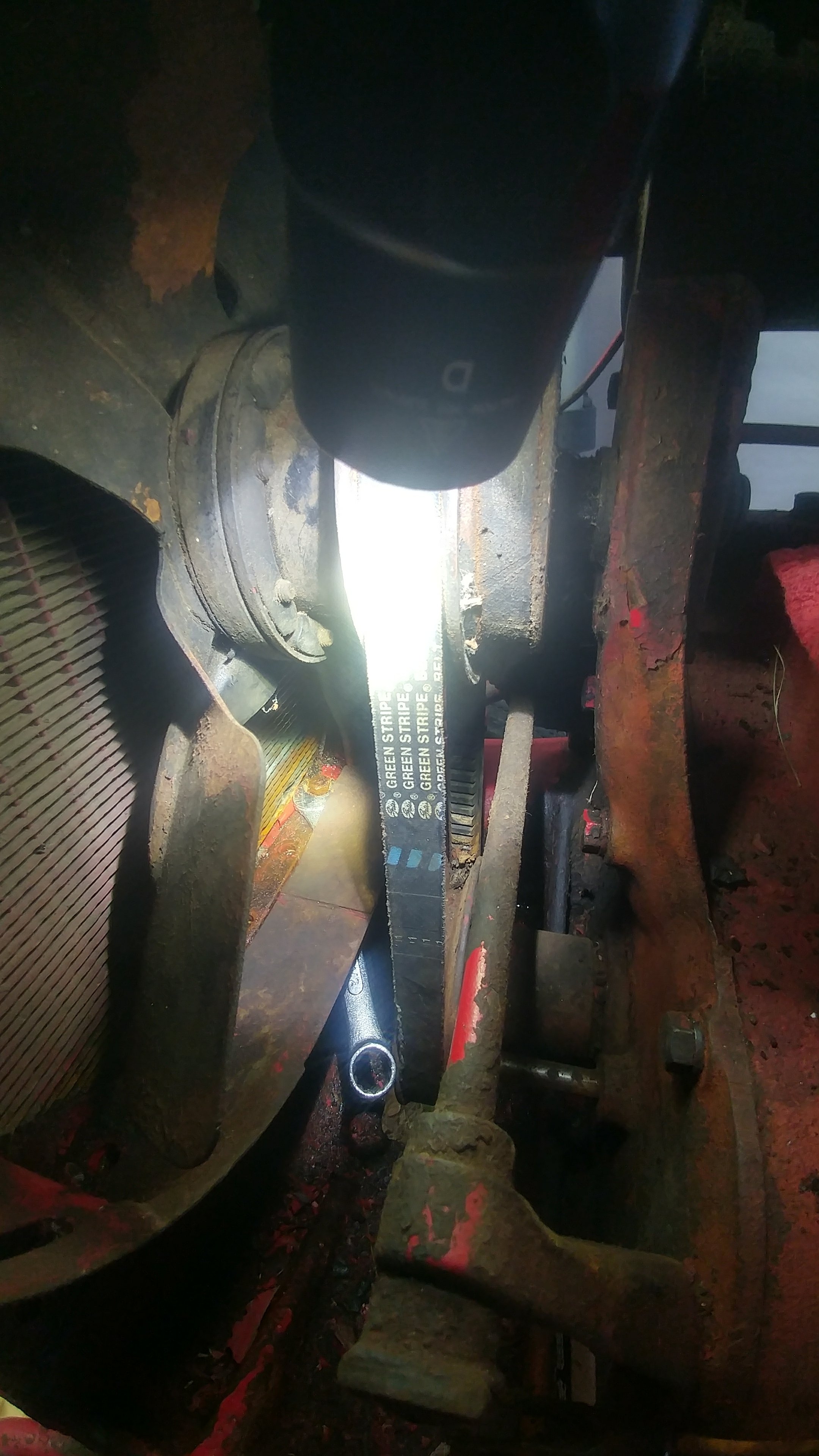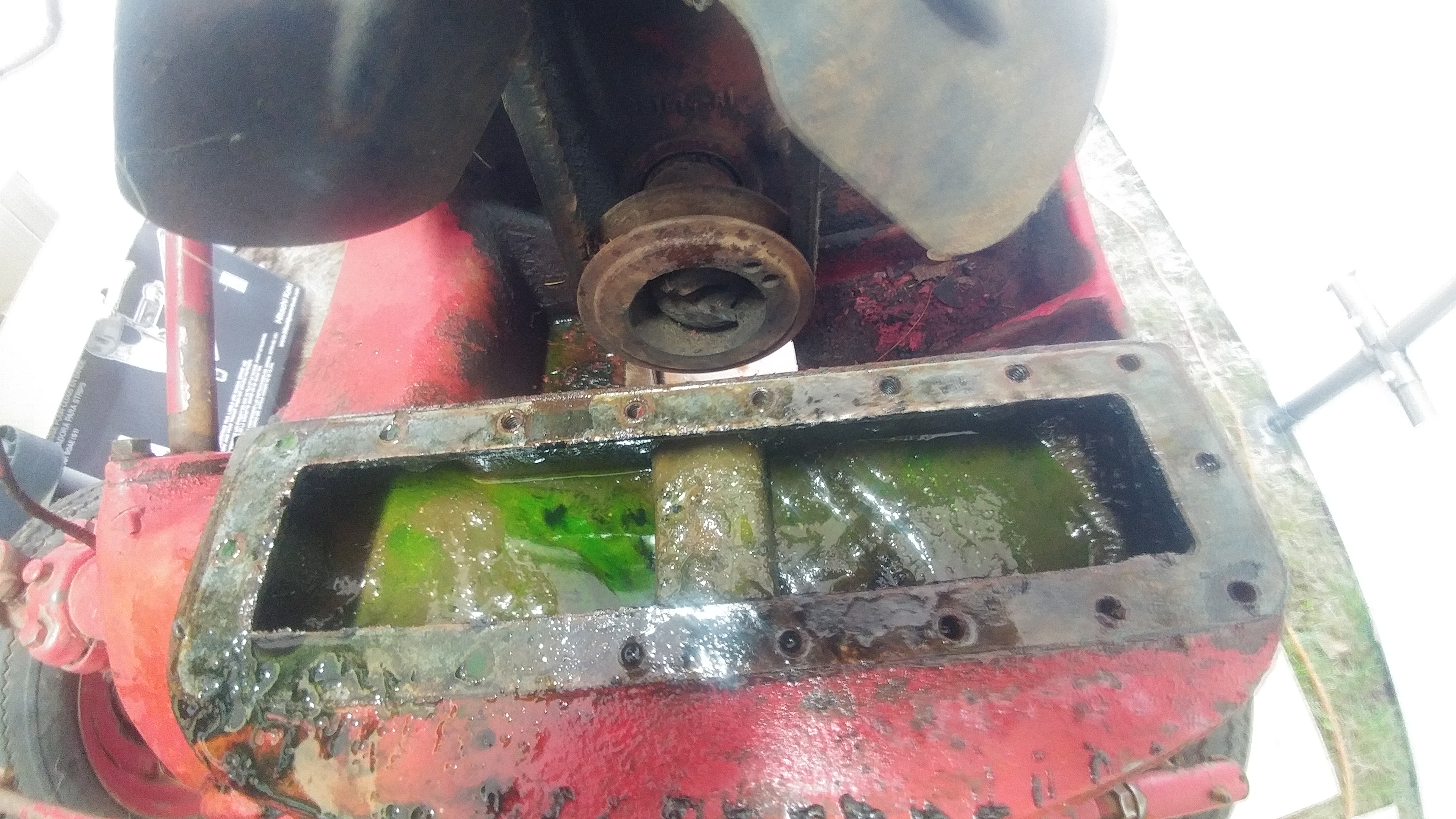I’m a little late posting this, but it’s still worthy of a post.
About a month ago we had a week plus long cold stretch. Towards the end of it, I noticed some pretty large puddles in the basement. I tracked it down to be from our softener and filter system purging themselves. Our basement floor drain was clogged.
I feed my 25′ snake into it. It did not clear the issue. So, I had to call a plumber. Their long snake cleared the drain and we found what it drains to. You see, this is the drain for our walk our basement. I figured that it did not drain to the sewer as I could see that main pipe in the basement ceiling. We discovered that this particular drain comes out along our backyard fence. That would explain why that area is always wet and muddy during the summer. My theory is that the builders put the drain in with the assumption that it would only be used during the summer, when the exit would not freeze. In this case, it was not only frozen, but the end was completely blocked as I had never even known it was there.
The plumbers got the water flowing, but the exact location of the exit was still unknown.
About a week later, puddles appeared again. This time, I bought a 50′ snake and a rubber bladder for the end of a garden hose. The snake still did not reach the clog, but hot water through the garden hose did the trick. I was then able to find and dig out the exit. To be extra safe, I also added a water sensor by the drain to alert us of any additional issues.
We were thankful for the water sensor as it alerted us to an issue soon after. I gave up and decided to do a more extreme fix. Here is the drain after this last issue, with the sensor moved up on top so I can clean. The pipe is what our utilities drain into.
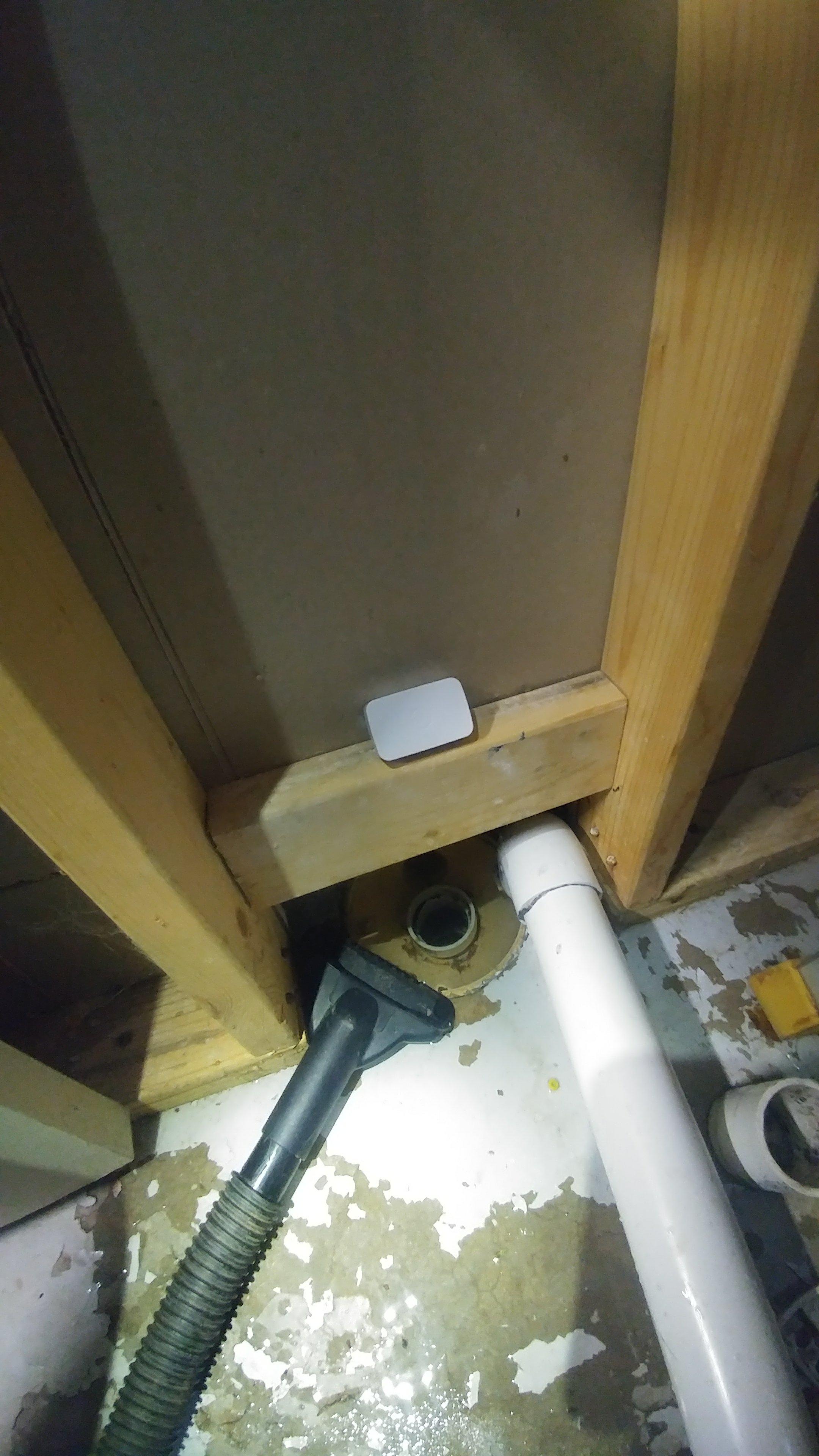
This extreme fix will connect the basement drain exit to the rest of the yard drainage system that I added a couple of years ago. This will keep all the pipes underground, which should help both with freezing and with the wet fence line issue.
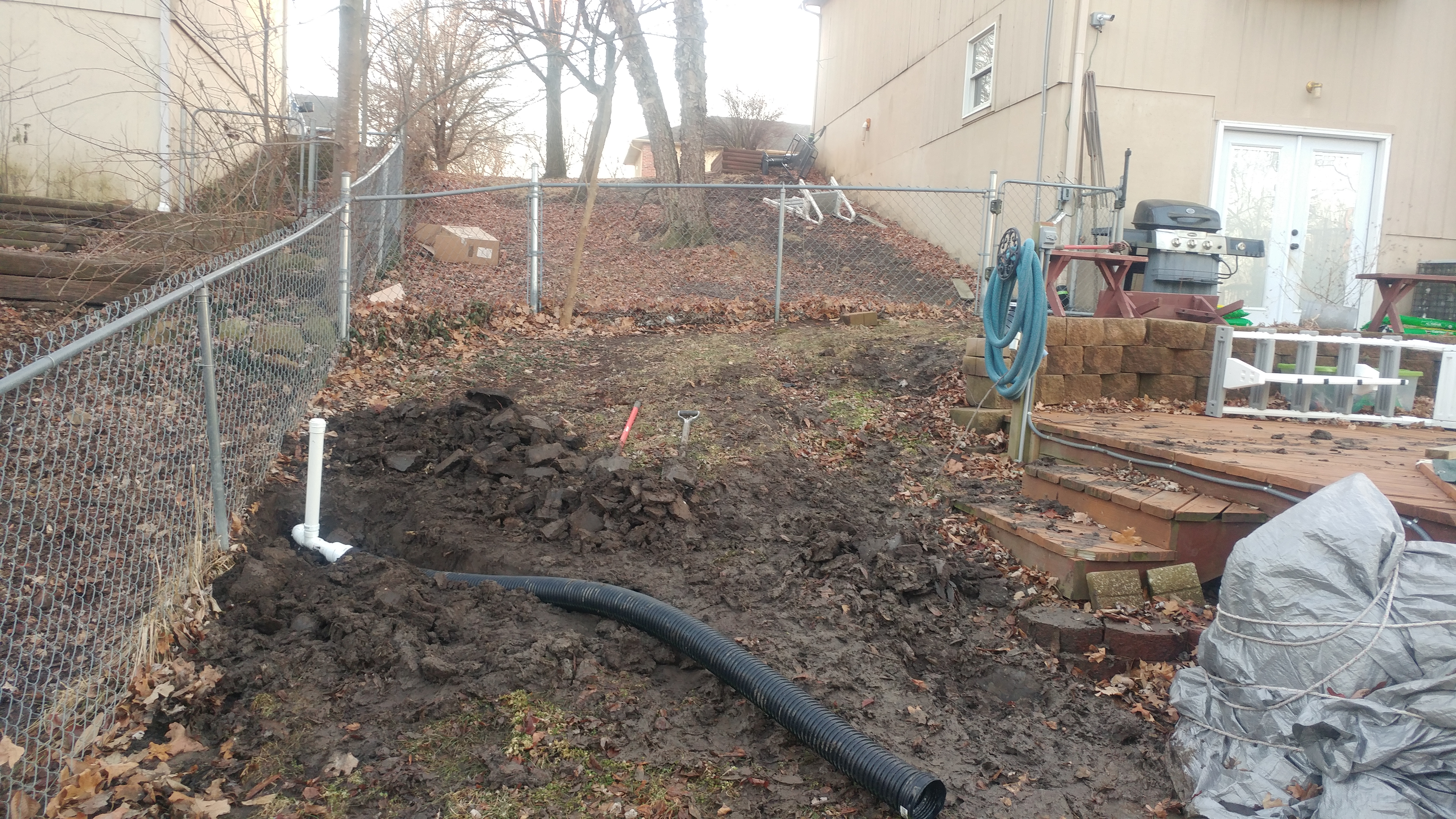
I left an access point if I do need to snake it as I am still a little worried about how shallow the pipes are. It did take some creativity to come up with the proper fittings to go from a 2″ PVC pipe to a 4″ corrugated drainage pipe. Our local Lowe’s crew did a good job at piecing together what I needed.
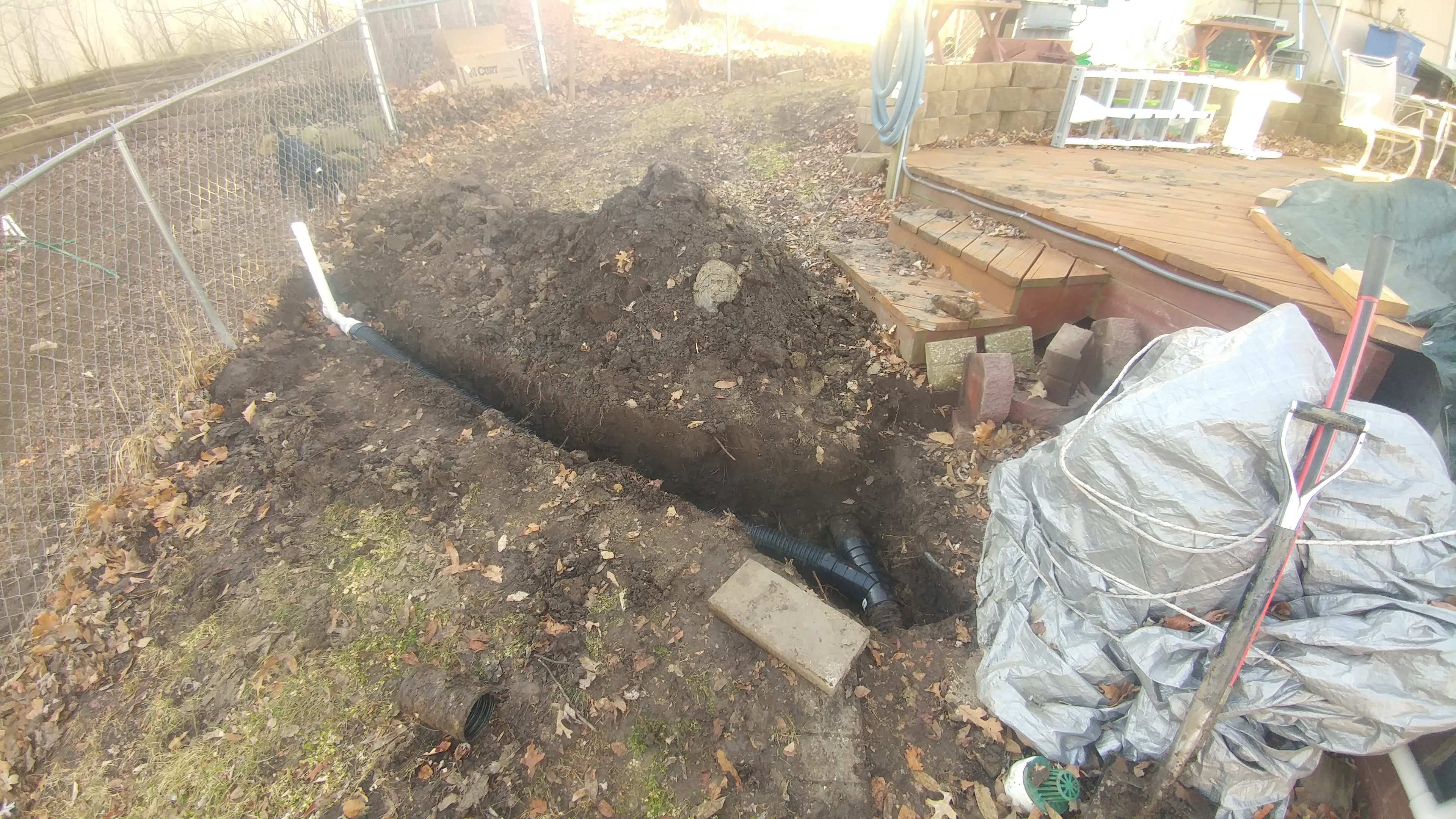
I plan on shortening the access pipe (by the fence) this summer after the ground settles and new grass seed is down.
